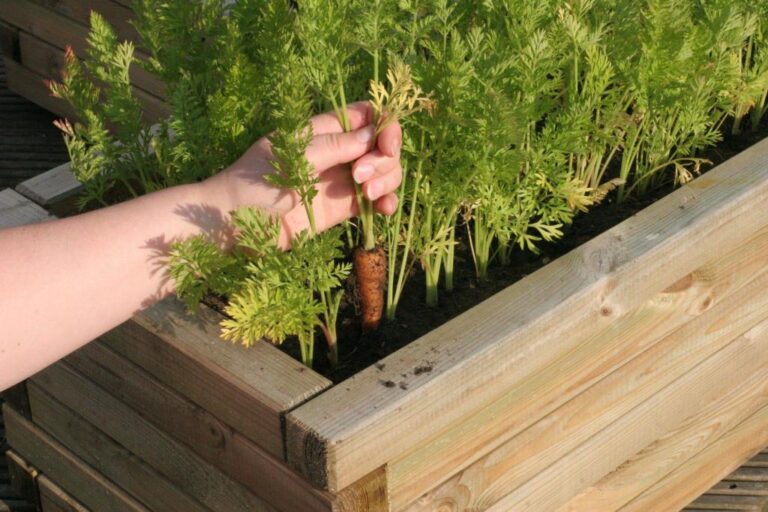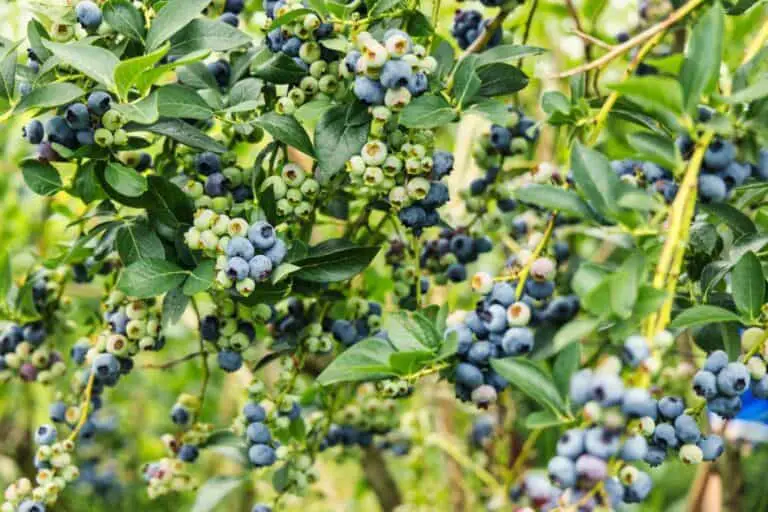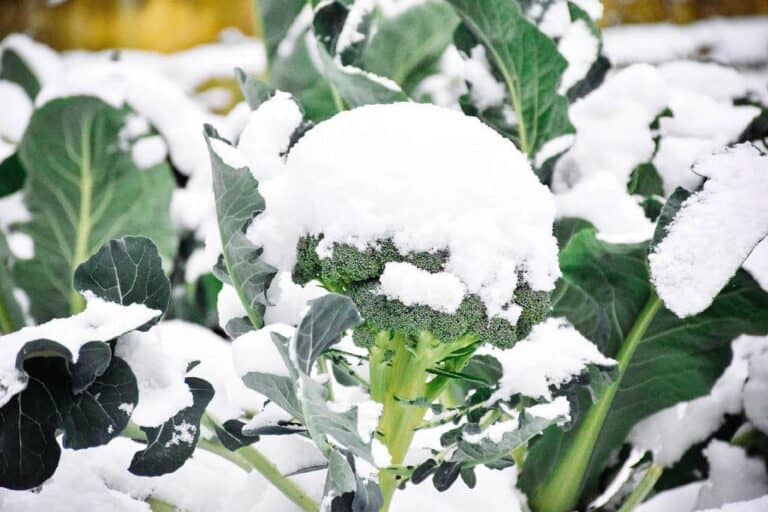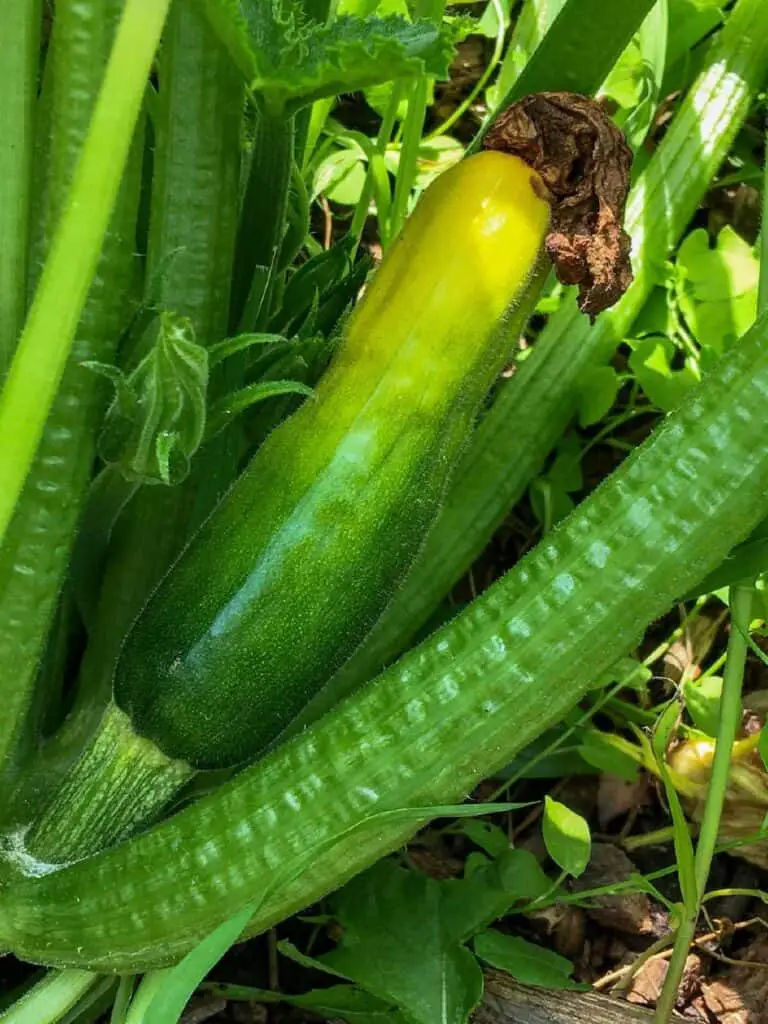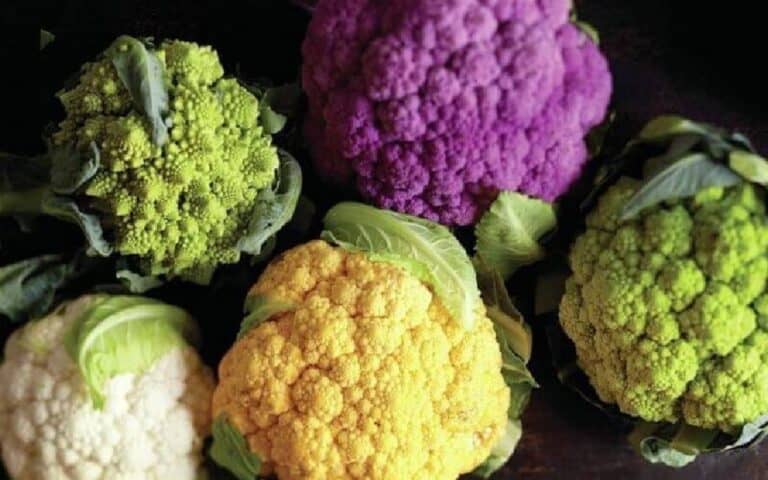Tradescantia Spathacea (Oyster Plant): Plant Care and Growing Guide
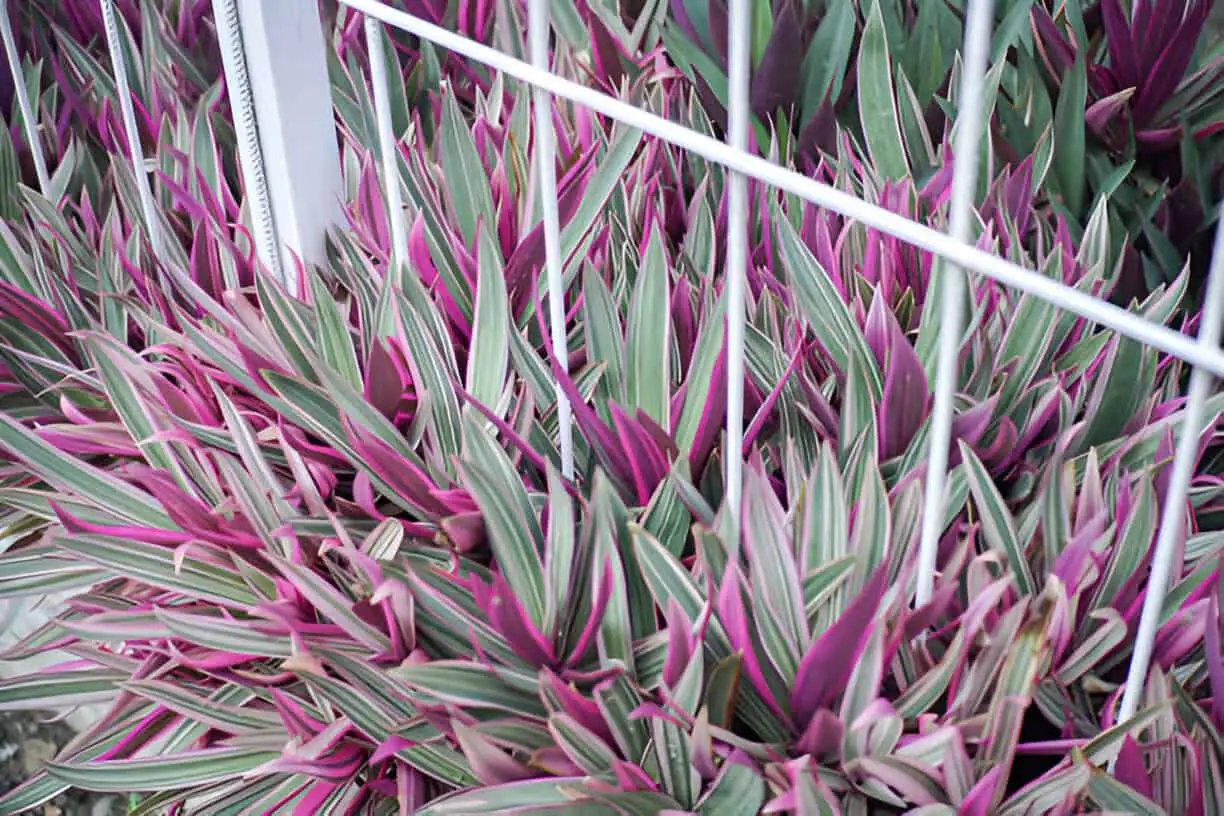
The Tradescantia Spathacea features a lovely rosette of pink leaves. It also produces small white flowers in clusters at the base. This makes it one of the most beautiful tri-color combinations that can transform your garden.
To grow a vibrant Tradescantia Spathacea, keep its soil moist by watering once or twice in ten days. Place it where it can get indirect bright light and temperatures of 60-85ºF (15.5º-29.4ºC) with slightly high humidity. Plant your Oyster Plant in well-drained soil.
The oyster plant is a favorite. It needs little care and brings bright colors year-round. The bright purple and green foliage crowning your pot will become an attention grabber indoors without taking too much space.
Here’s a quick guide on how to grow and care for a healthy oyster plant. You’ll enjoy bright flowers all year round.
Let’s begin.
What is an Oyster Plant?
The Oyster Plant, or Tradescantia spathacea, is a beautiful ornamental plant. It is known for its unique sword-shaped leaves. Its foliage displays deep green on top with vibrant purple undersides, adding a bold pop of color to any indoor or outdoor garden. This hardy plant is often grown in containers or used as colorful ground cover in warm climates.
Originally from southern Mexico and Central America, the Oyster Plant has a rich history as a decorative and medicinal plant. It has long been admired for its easy-growing nature and tropical charm.
Key Features:
- Sword-like leaves with purple undersides
- Compact growth habit
- Suitable for indoor pots or garden beds
| Aspect | Details |
| Botanical Name | Tradescantia spathacea |
| Native Region | Mexico, Central America |
| Common Use | Ornamental houseplant |
With minimal care, this unique plant brings lush texture and color to any space.
Watering Your Oyster Plant
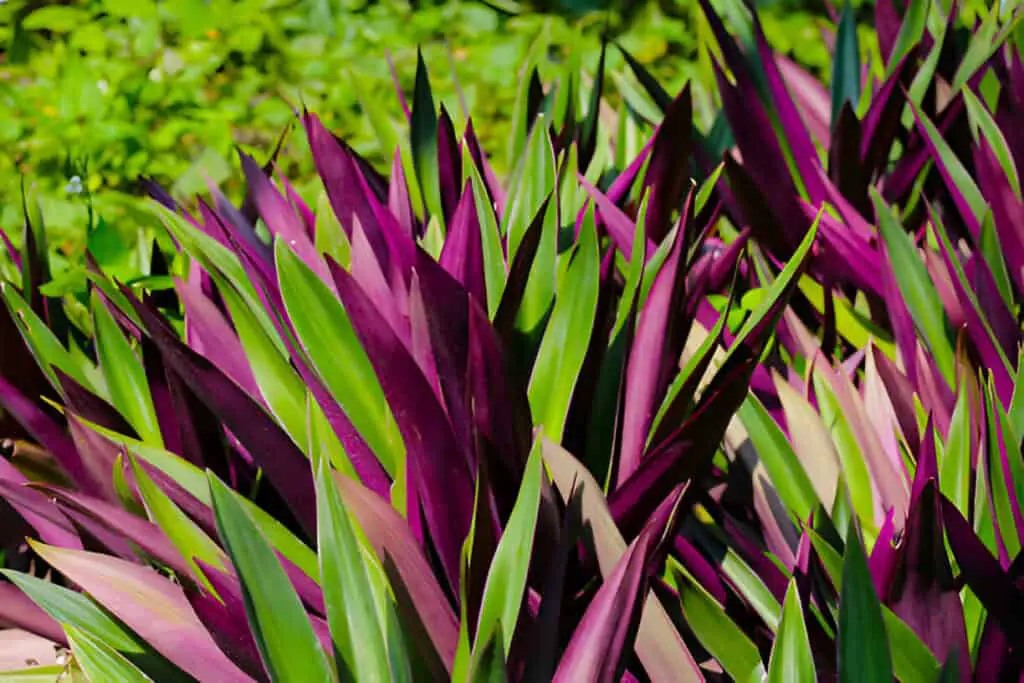
Watering your Oyster Plant properly is key to keeping it healthy and vibrant. Aim to water once the top inch of soil feels dry. Always use a pot with drainage holes to prevent soggy roots, which can cause rot. Water thoroughly, letting excess moisture drain out completely.
Keep an eye out for signs of stress. Underwatering can lead to dry, crispy leaves. Overwatering often makes stems yellow or mushy.
When it comes to soil, Oyster Plants thrive in a light, well-draining mix. A blend of potting soil with perlite or coarse sand works well to improve aeration.
| Soil Needs | Details |
| Type | Well-draining potting mix |
| Additives | Perlite or coarse sand |
| Pot Size | Slightly larger than root ball |
Repot every 1-2 years to refresh the soil and give the roots more space to grow.
Water amount and how often you apply it will depend on heat and humidity. If you are growing the plant in a hot area, you must continuously water it because the heat evaporates most of the water. In cold areas without much wind, reduce watering because the soil does not lose as much.
Lack of water reduces the vibrance of the typically colorful leaves. The older leaves at the base will also begin to dry and fall off. Hence, you end up losing the entire plant. If it happens in spring or summer, the plant will fail to flower. A similar trend will be observed when chemicals in water or fertilizer will damage the soil.
Humidity
The oyster plant will thrive in a humid environment. It is typical of a variety that grows on the forest floor, sometimes next to the streams. The plant offers a mulching cover for other potted plants. It often thrives in the shade of forest canopies in its native forests.
Misting is the obvious option when you want to enhance humidity around your oyster plant. Because the plant has hairy leaves, it will trap the tiny particles for a while to sustain its humidity needs. While misting is useful, it works best for plant owners who love to provide attention to their plants. If you have a busy schedule or could be away for several days, misting might not work for you.
A pebble tray near the plant will enhance humidity levels around the leaves. Pebble trays provide water that supplies the humidity through evaporation. The tray will require refilling once every two to three weeks, depending on its size.It offers the best option for owners who lack time to care for their plants. This is perfect for those who might be away for days without worrying about their plants.
Grouping oyster plants is a workable alternative to provide sufficient humidity to your oyster plant. It works best when some of these grouping plants are taller because they will provide shade and a sense of layering in your garden. Plants grouped with oyster plants must love the same humidity and temperature so that all of them thrive.
An electric humidifier also works perfectly to keep the air moist. It is automated and will not require your continuous attention. When the humidity is low, the leaves of your oyster plant begin to dry and drop. Too much humidity exposes your oyster plant to fungal infections.
Soil
As an invasive plant, the oyster plant can be described as a scavenger that will survive on almost any soil type. However, it thrives in rich soil with moderate-high moisture content but not soggy. Check the soil quality. Good soil boosts flowering and ensures beautiful leaves all year.
The best soil mix for the oyster plant is a mixture of perlite, compost, and commercial potting mix. It should lean more towards clay than sand. Improved loam or clay soils are some of the best alternatives. The improvement is made using gravel or sand to enhance drainage.
Use organic compost for potting the oyster plant. It boosts nutrients, helps with aeration, and improves drainage. Organic mulching also helps to improve the quality of the soil. Always remember that the quality of the soil will determine the health and beauty of your foliage and must, therefore, be well-balanced.
Beyond using the right soil, you must maintain its quality through daily care. Use distilled, aged, filtered, or rainwater that does not contaminate the soil. Flash the soil with water at least twice a year, especially towards the end of summer after a season of robust fertilization. Moreover, use liquid instead of granular fertilizer to protect the soil.
Light
The oyster plant is an undergrowth plant that rarely rises in search of the sun. It prefers indirect light exposure, like in the shaded areas below the tropical forest canopies where it is a native. Don’t place the oyster plant in dim light. It will lose color and stay more green instead of showing its usual red shades.
Place the oyster plant a few meters near the window where the direct sun cannot get to the leaves. East or west-facing windows will be ideal to allow your plant to enjoy both the early morning and later afternoon shine. Avoid the midday and noon sun, which can become too hot and scorch the leaves.
When grown outside, it helps to provide shade to protect your oyster plant against the direct sun. The balcony and other structures where the plant hangs mostly provide the much-needed shade for your oyster plant. In winter, you can place the plant closer to the window to maximize the absorption of light.
The absence of light affects coloration more than any other element. Since the oyster plant is prized for its beautiful leaves rather than its flowers, ensure it gets enough light. This way, you won’t lose its vibrant coloration. The size and vibrance of the leaves will also suffer because of low light. Bright light is especially important in spring and summer when the oyster plant is flowering.
Temperature
The oyster plant prefers the warm temperature between 60ºF(15.5ºC) and 85ºF(29.4ºC) during the day. These warm temperatures are crucial for coloration, glorious foliage, and flowering. This temperature will also help control pests and diseases. It creates an environment where pests and infections struggle to survive.
The oyster plant’s characteristics allow it to grow in areas with a broader range of temperatures. The plant can take temperatures up to 95ºF(35ºC); only this time, the leaves will appear faded and less succulent. The leaves may also bend in the middle and eventually die, causing the loss of your entire plant.
As an undergrowth variety, the oyster plant can tolerate lower temperatures. They may fall as low as 45ºF(7.2ºC) as long as the drop is not drastic and will not be sustained for an extended period.
Experts advise plant owners to bring them indoors during winter or a frost. When grown as mulching for other plants, it remains in the shade, meaning that the temperatures are lower.
Advanced Care Guidelines
The Oyster Plant can bear with neglect but will result in a colorless plant. Owners who create the right conditions enjoy stunning flowers and vibrant leaves that bloom in spring and summer.
Below are the care points that require attention to give you a glorious oyster plant.
Let’s continue.
Flowering
The oyster plant produces tiny flowers that are tucked inside the leaves. They may be white, pink, or purple, depending on the variety and prevailing conditions. The flowers may sometimes pass unnoticed because they are hidden inside the leaves. Their size also makes them less useful in a floral arrangement. It explains why most owners prefer to grow the oyster plant for its tri-colored leaves and not for the flowers.
The flowers produce seeds that are used for propagation. You need to provide the right conditions for the plant to bloom and make seeds. This process includes soil nutrients, water, and temperature. The flowers usually last several months but do not produce any fragrance.
Fertilization
Feed the oyster plant monthly, especially in spring and summer, when it experiences robust growth. Use a balanced fertilizer that is diluted to half strength because the oyster plant is a mild feeder. The best fertilizer is water-soluble. It spreads quickly in the soil and won’t cause chemical buildup.
Liquid fertilizer lets you fertilize and water your plants at the same time. This way, you avoid overloading them. Reduce fertilization in winter when the plant remains dormant. Because of the sensitive leaves, apply the fertilizer at the base, avoiding the leaves by all means.
Pruning
Adequately feed the oyster plant, so it results in a full and bushy plant. However, the short leaves that crown your pot are glorious because of their color, meaning that pruning will not be necessary. It is only recommended when you want to control the growth pattern and size of your oyster plant.
Pruning is best done by cutting the lower old leaves to give your oyster plant a fresh look. This process improves air circulation in the leaves and removes any leaves with diseases or pests. Use gloves during pruning because the sap from cut leaves could be irritating to the hands.
Repotting
The oyster plant is a slow-growing plant with a small root structure. Even the foliage crown is relatively small compared to other house plants that need regular repotting. This will only be necessary if the roots outgrow the pot. Damaged soil from chemicals in fertilizers or water needs repotting.
Prepare a fresh potting mix and endeavor to maintain soil quality by watching the fertilizer and water used.
Propagation
The oyster plant is one of the easiest plants to propagate. The division is most appropriate where you split a few shoots and place them on a new pot. It is done in spring and summer when the weather is warm enough to promote regrowth. You may also harvest seeds from the plant once it flowers and later sprinkle them in warm moist soil. They will eventually germinate and will be ready for potting within two weeks.
Pest and Disease Prevention
The oyster plant is reasonably resistant to pests and diseases. You might only have to worry about mealybugs, whitefly, scales, and spider mites. Adequate humidity, the right temperature, and pruning will keep your flower healthy and glorious.
FAQs About Tradescantia Spathacea/Oyster Plant
Why is my oyster plant dying?
The soil is probably too dry or too wet. Soggy soil could also have resulted in root rot, and your plant requires repotting. If you have not pruned the plant in a while, diseases and pests could have found a home.
Is an oyster plant poisonous?
The oyster plant is not poisonous to humans or pets but will irritate when you come into contact with sap from cut leaves. Caretakers are requested to use gloves when pruning.
Where do oyster plants grow?
Oyster plants grow in damp and humid conditions that imitate the inside of tropical forest canopies. A successful houseplant owner is one who will imitate these conditions.
How tall do oyster plants get?
Oyster plants grow between 6″-8″ depending on the amount of feeding. Horizontal growth will also depend on feeding and the size of the container provided.

